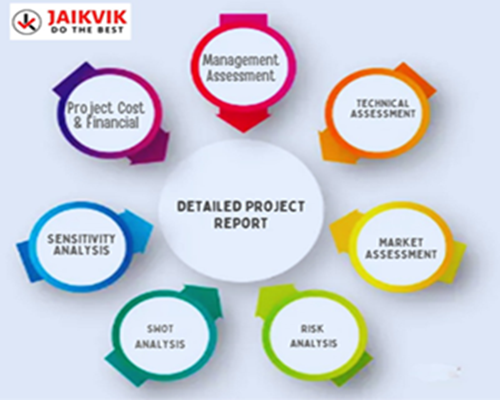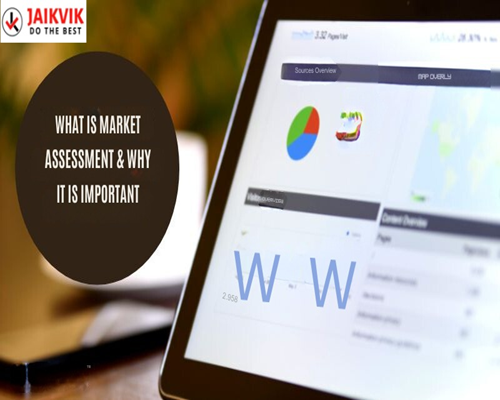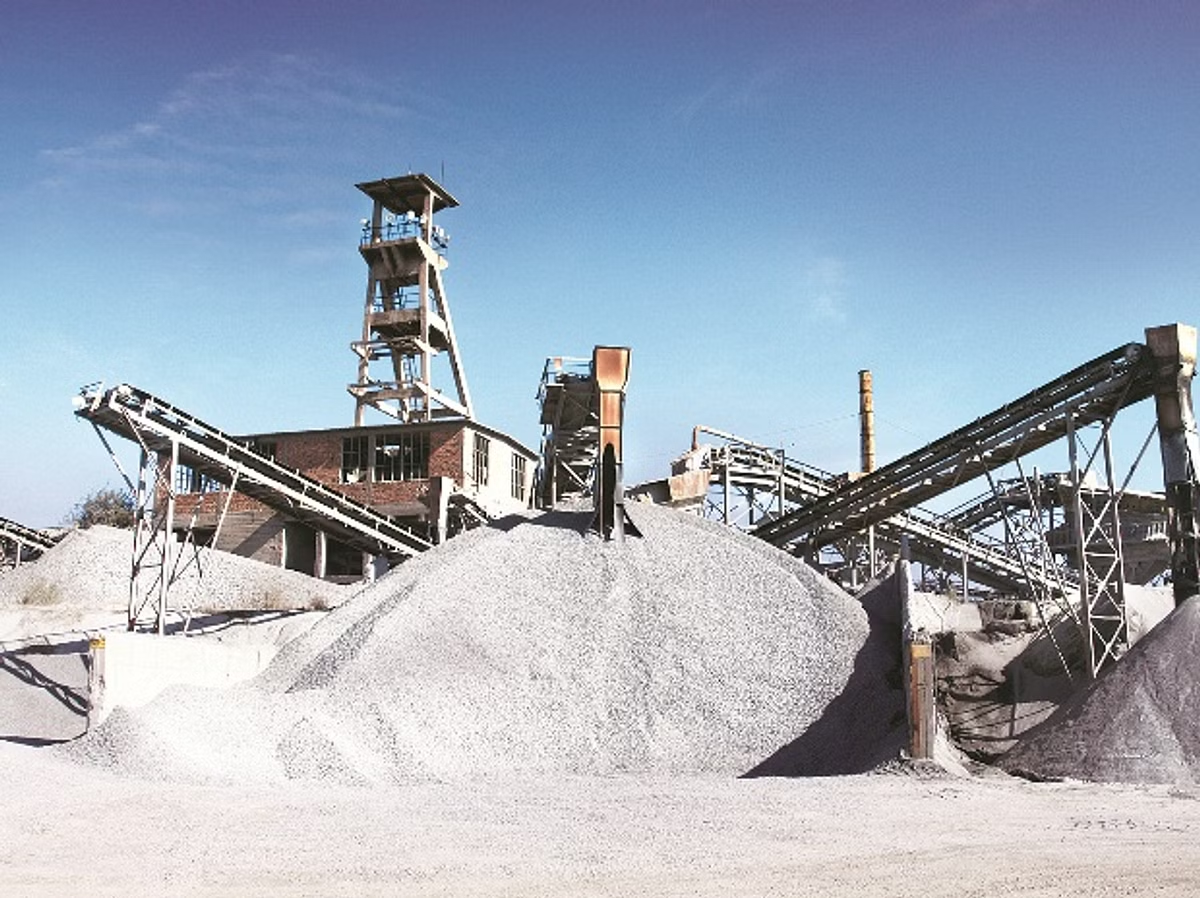DPR (Detailed Project Report)
What is DPR(Detailed Project Report)
A Detailed Project Report(DPR) is a comprehensive document that provides in-depth information about a proposed project. It includes details such as the project's objectives, scope, methodology, technical specifications, market analysis, financial projections, and implementation plan. A DPR isn't just a document; it's a roadmap. Project report preparation requires effort and attention to details. The more effort you put into your project report, the better your result will be. The effectiveness of a project depends on how well-structured the DPR is. The better the planning and layout of a project, the more successful it is likely to be. Regardless of the scale or size of the project, a detailed project report helps in the following Ways:


Management Assessment
How Management Assessment Help Your Work
Management assessment is a comprehensive evaluation process used to measure the effectiveness, capabilities, and potential of an organization's management team. It involves a systematic review of managerial skills, leadership qualities, decision-making abilities, and overall performance to ensure that the team aligns with the company's strategic goals and objectives. To perform technical level administrative duties in support of the department or program; to research, collect and analyze data and prepare draft reports; to track and report operational statistics; and to provide technical assistance to management. Assessment of Management of the entity including assessment of promoters and senior management as well technical staff.
Technical Assessment of project
What is the work of technical assessment?
A technical assessment is a structured evaluation process designed to measure the technical skills and knowledge of candidates or employees. It is commonly used in hiring processes, internal promotions, and training evaluations. The primary goal of a technical assessment is to determine a person's ability to perform specific tasks related to a particular job role, ensuring they possess the necessary competencies to succeed in a technical position. Technical assessments are a combination of application-based techniques and knowledge-based questions employed to measure an employee's understanding of concepts, tools and frameworks on a required technical skill or technology.


Market Assessment
What Is a Market Assessment & Why It's Important
Market assessment is the process of analyzing a market to determine its viability for business activities. It involves evaluating market size, growth potential, competition, customer demographics, and economic conditions. We would do the secondary market research for market assessment on the proposed products\services which will include.
Key components include identifying target customers, understanding their needs and preferences, and analyzing competitors' strengths and weaknesses.
o Structure and characteristics of the Products/service proposed to be manufacture\provided
o Demand-supply analysis including approximate present size of the market and major demand drivers\indicators.
o Growth trend and prospects
o Commenting on the historical price trend and expected future price trend
o Review and comment on the marketing concept, sales forecast, and marketing budget
o Further, exposure to regulations and competition would also be covered under these sections.
IN Case of scope of work is defined by lender, The same will supersede the above scope of the work.
Project cost and Financial appraisal
Project Cost & Financial Appraisal: Detailed Analysis
Project cost encompasses all expenses incurred in the completion of a project, including direct costs (materials, labor, and equipment) and indirect costs (administration, overheads). Accurate cost estimation is crucial for budgeting, resource allocation, and financial planning. Financial appraisal evaluates the viability and profitability of a project. It includes techniques like Net Present Value (NPV), Internal Rate of Return (IRR), and Payback Period to assess potential returns against investments. Financial appraisal helps stakeholders make informed decisions by analyzing cash flow forecasts, risks, and uncertainties. This process ensures that projects align with strategic goals and deliver expected financial benefits. Robust project cost management and thorough financial appraisal are essential for the successful execution and sustainability of projects, optimizing resource use, and maximizing returns.


Sensitivity Analysis
What is Sensitivity Analysis
Sensitivity analysis is a financial model that determines how target variables are affected based on changes in other variables known as input variables. Sensitivity analysis is a technique used to determine how different values of an independent variable affect a particular dependent variable under a given set of assumptions. This method is used in various fields, including finance, engineering, and economics, to predict the outcome of a decision given a certain range of variables. It helps identify which variables have the most significant impact on the outcome, enabling better decision-making and risk management. In finance, sensitivity analysis assesses how changes in key assumptions, like interest rates or market conditions, impact financial models. In engineering, it evaluates how changes in input variables, such as material properties or environmental conditions, affect system performance.
SWOT Analysis
Comprehensive SWOT Analysis: Strengths, Weaknesses, Opportunities, Threats
A SWOT analysis is a strategic planning tool used to identify and analyze the Strengths, Weaknesses, Opportunities, and Threats of a business or project.
Strengths are internal attributes that provide an advantage over competitors. These can include strong brand recognition, a loyal customer base, unique technology, or skilled personnel.
Weaknesses are internal factors that place the organization at a disadvantage, such as limited resources, poor location, or lack of expertise.
Opportunities are external factors that the organization could exploit to its advantage. These might include market growth, favorable economic conditions, or technological advancements.
Threats are external challenges that could cause trouble for the business, such as competition, changing regulations, or economic downturns.
A SWOT analysis helps organizations develop a clear understanding of their current situation and devise strategies to leverage strengths, address weaknesses, capitalize on opportunities, and mitigate threats.

Industry
To Industry, nothing is impossible.









.png)
.png)





























Quick Links
© Jaikvik Business India Private Limited. All Rights Reserved.



















